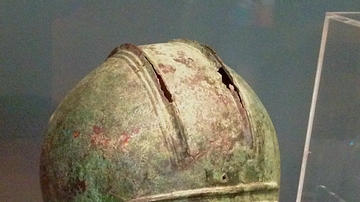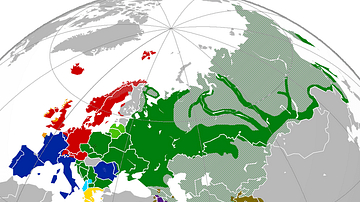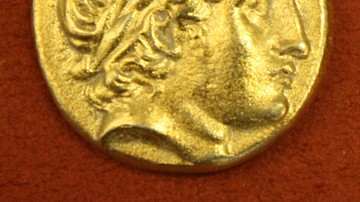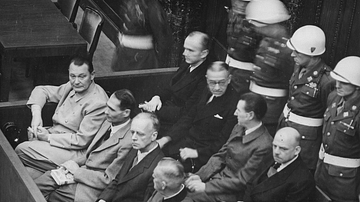Search
Summary 
Loading AI-generated summary based on World History Encyclopedia articles ...
Search Results

Image
Illyrian Helmet from the Battle of Plataea
This helmet, beaten from a single sheet of bronze, features hammered out (repoussé) ridges along the top. The Illyrian type is found in mainland Greece and former Yugoslavia, dating from the 6th to early 5th century BCE. It was reportedly...

Book Review
War in the Balkans: An Encyclopedic History from the Fall of the Ottoman Empire to the Breakup of Yugoslavia
Richard C. Hall's timely encyclopedia can help reporters and scholars investigate beyond a headline. The book features informative and expertly written essays with suggestions for further reading. As a leading scholar of Balkan history, Hall...

Definition
Indo-European Languages
The Indo-European languages are a family of related languages that today are widely spoken in the Americas, Europe, and also Western and Southern Asia. Just as languages such as Spanish, French, Portuguese and Italian are all descended from...

Definition
Macedon
Macedon was an ancient kingdom located in the north of the Greek peninsula first inhabited by the Mackednoi tribe who, according to Herodotus, were the first to call themselves 'Hellenes' (later applied to all Greeks) and who gave the land...

Definition
Nuremberg Trials
The Nuremberg trials (1945-6), held in Nürnberg (Nuremberg), Germany, were a series of trials involving the senior surviving Nazis to hold them accountable for waging war and committing war crimes and crimes against humanity during the Second...

Definition
Hawker Hurricane
The Hawker Hurricane was a single-seat fighter plane, Britain's first monoplane, which fought in the Battle of Britain in the summer of 1940. Slower but more numerous than the Supermarine Spitfire, the Hurricane was used by the Royal Air...

Article
The Causes of WWII
The origins of the Second World War (1939-45) may be traced back to the harsh peace settlement of the First World War (1914-18) and the economic crisis of the 1930s, while more immediate causes were the aggressive invasions of their neighbours...

Image
Europe after The Treaty of Versailles
This map illustrates the situation in Europe in November 1920 in the aftermath of First World War (1914-18), as the continent was reshaped by the Treaty of Versailles (1919) and the Treaty of Sèvres (1920). The German Empire had collapsed...

Video
Unveiling Slavic Myths - A Conversation With Noah And Svetlana
Slavic cultures are far-ranging, comprising East Slavs (Russia, Ukraine, Belarus), West Slavs (Czech Republic, Slovakia, Poland) and South Slavs (the countries of former Yugoslavia plus Bulgaria), yet they are connected by tales of adventure...

Book Review
Fixers: Agency, Translation, and the Early Global History of Literature
In this book, Zrinka Stahuljak, a medieval historian, professor at UCLA, and interpreter during the war in Yugoslavia, focuses primarily on the theory of translation. Through proposing the term "fixers," a term loosely based on its journalistic...